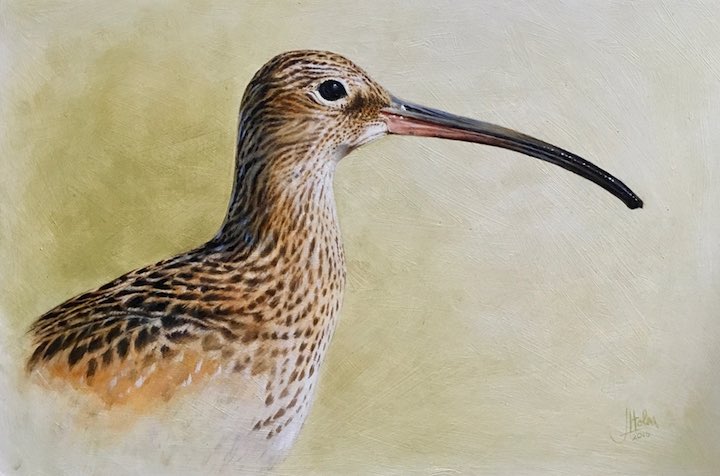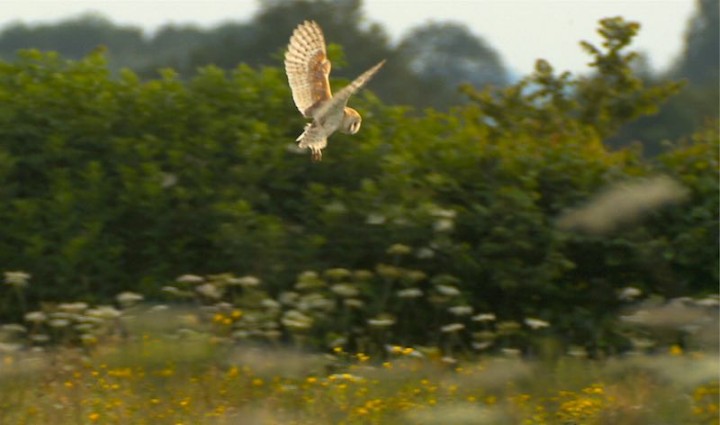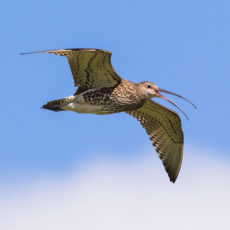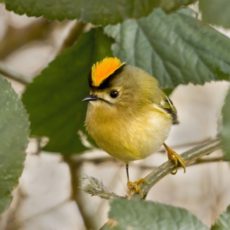Guest post by Mary Colwell
I like the title of this blog – Nearby Wild, it succinctly describes what we all want – to have wildness in abundance on our doorstep, nosing in through the garden gate, fluttering around our shrubs, buzzing about the flowers, singing in the trees. I wish I were describing the reality of wild Britain, but this richness is mostly an aspiration as we have lost so much of our wildlife over the last 50 years.
But it is good to have dreams to work towards. To desire a world that is once again full of life is to conjure a singing, bright planet of wonder, awe and fear. It is to yearn be taken to where the heart leaps for joy or trembles in trepidation. To be awe-full. That has to be a goal worth striving for.
For the past 15 months, my dreams have focussed on one bird – Britain’s largest wader – the curlew. My vision is to bring them back to our fields, meadows, moors, estuaries and mountains. Not because I think curlews are more special than any other bird, but because, for me, they capture the spirit of the wild so well. Perhaps it is the urgent crescendo of their bubbling call, or their long soulful whistles, or the onomatopoeic curlee, curlee, that lifts my heart. They are the British equivalent of the howl of a wolf or the spirit-wail of the common diver. They are the Cyrano de Bergeracs of the bird world – long nosed, emotion-filled and joyful songsters.
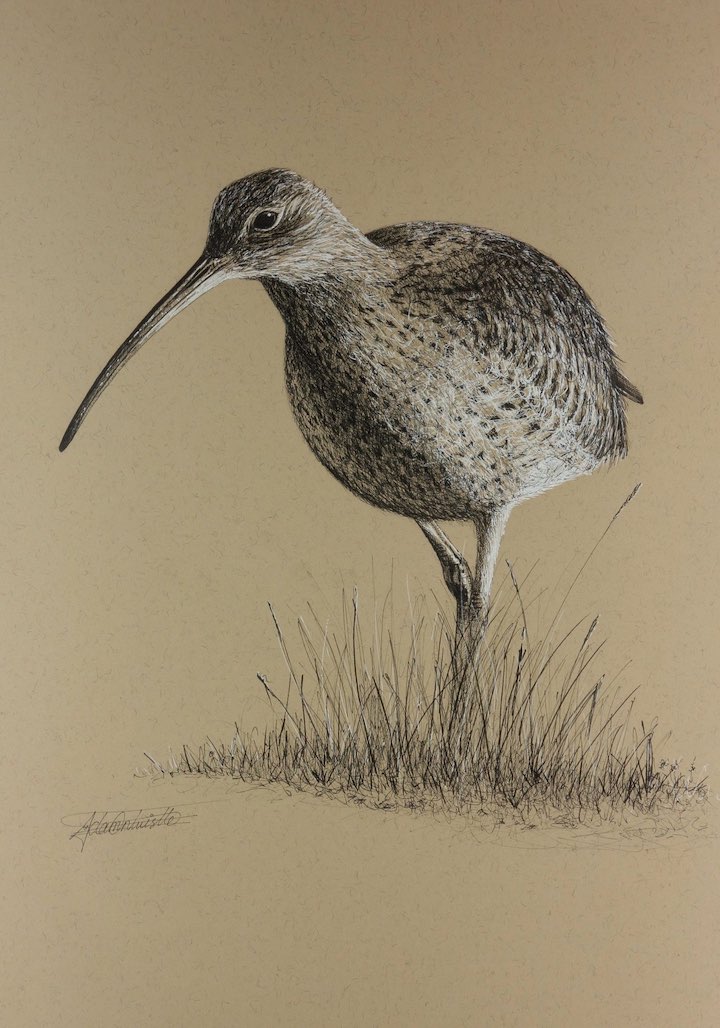
Curlew crisis
The British Isles are lucky to have internationally important numbers of curlews, around 30% of the world’s breeding population. In the 1980s there were tens of thousands of them nesting in all kinds of habitats from heather moorland, to peat bogs to watery meadows – from the highlands to the lowlands. But since then, they have disappeared from large swathes, in some places catastrophically. In Ireland, both North and South, there were 10,000 pairs in the 1980s, today there are around 400 pairs throughout the whole island. In Wales, it is hard to say, maybe 600 pairs? In Southern England around 250 pairs remain south of Birmingham. Only in the English and Scottish uplands are curlews hanging on in any number, benefiting from less improved farm land and more predator control, but even here breeding success is often very low. The official BTO estimate for the whole of the UK is 66,000 breeding pairs, but to be honest I find that hard to believe, my estimate is half that and declining.
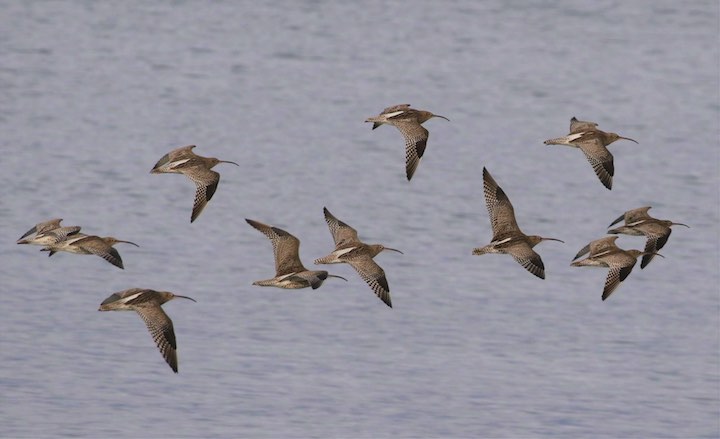
Whatever the actual figure, there is no doubt there are fewer curlews than a generation ago, and as each year passes the situation worsens. Much of their breeding habitat has been turned into rye grass, used for grazing, turned into forestry or, in Southern Ireland, stripped and fed into peat-burning power stations. It is also thought that generalist predators like foxes and crows are increasing in number, and they seem to be the greatest threat to ground nesting birds. The awful figures speak for themselves. In Dartmoor, there are only three pairs of curlews left, and they have produced only three chicks in twelve years. In Shropshire, around the Stiperstones Nature Reserve, out of forty nests monitored over the last two years not one has fledged a chick. The perfect storm of habitat loss, predator pressure and human disturbance is having a devastating effect on the breeding success of curlews. With very few young surviving to adulthood, there is only one way for the Eurasian curlew to go.
Walking for curlews
This heart-breaking situation meant it was time to dust off the walking boots and set off across to Ireland, Wales and England to raise awareness about the plight of the curlew. I walked 500 miles in six weeks – and it was a journey of great richness, hope, despair and practical planning. I wanted to see for myself what was happening, to speak to the people on the ground who were working with them, to discover the rich cultural connections of curlews to literature, art and music.
For the details, you’ll have to wait for the book, which will be published in April 2018, but what I can tell you is that some really good things came out of the walk. Together with NGOs and academics we organised two workshops, one in Ireland and one in WWT Slimbridge, bringing together conservationists, land managers, farmers, foresters, turf cutters, bird groups and so on, and in a spirit of cooperation plans have been laid to turn things around.
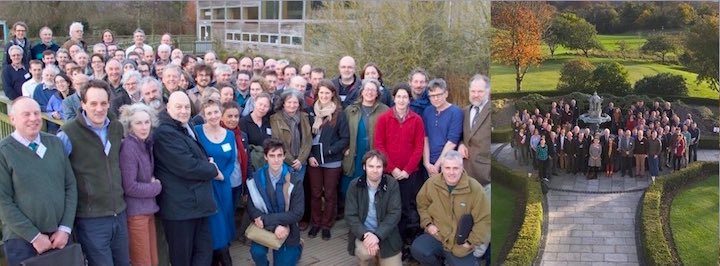
Curlew action
A Curlew Task Force has been set up in Ireland, sanctioned by the government, to protect the last few birds this next breeding season. People really do seem to be galvanised into making it happen, despite coming from very different backgrounds and motivations. Their first meeting was on February 14th, sharing the love for curlews. This cross-Ireland group was a milestone for curlews, which may only have 7 years left before they are functionally extinct as a breeding bird on Southern Irish soil. A tragedy for one of the most referenced birds in Irish literature and focus of many folktales and stories.
The Slimbridge meeting produced a wealth of initiatives from organising and supporting nest monitoring groups to the practicalities of putting electric fences around nests. A network of curlew-focussed groups has been established.
One thing has been obvious to me over the last few months – curlews bring people together. They are not controversial and everyone wants to see them thrive – and that is a very good place to start a conversation about conservation. They are binders of people and of landscapes, making us think big about how we can share this land with these beautiful songsters. As curlews use the coast, fields, moors, peat lands and estuaries we have to work on a large scale to help them. And by helping curlews we help so much else too. Curlews are the particular through which grand things can happen.
Hope for curlews
One walk of 500 miles has produced results, let’s hope we can keep the momentum going. If we do, then the irreplaceable call of the curlew will still be there to move the soul of generations to come.
If you have curlews in your area or manage land and want to help them or encourage them to return please contact BirdWatch Ireland (info@birdwatchireland.ie) if you are in Ireland, the RSPB Northern Ireland if in the North of Ireland, the RSPB or the Game and Wildlife Conservation Trust (info@gwct.org.uk) for northern England or Scotland or myself (Mary@curlewmedia.com) for southern England – and I will connect you to the right person.
